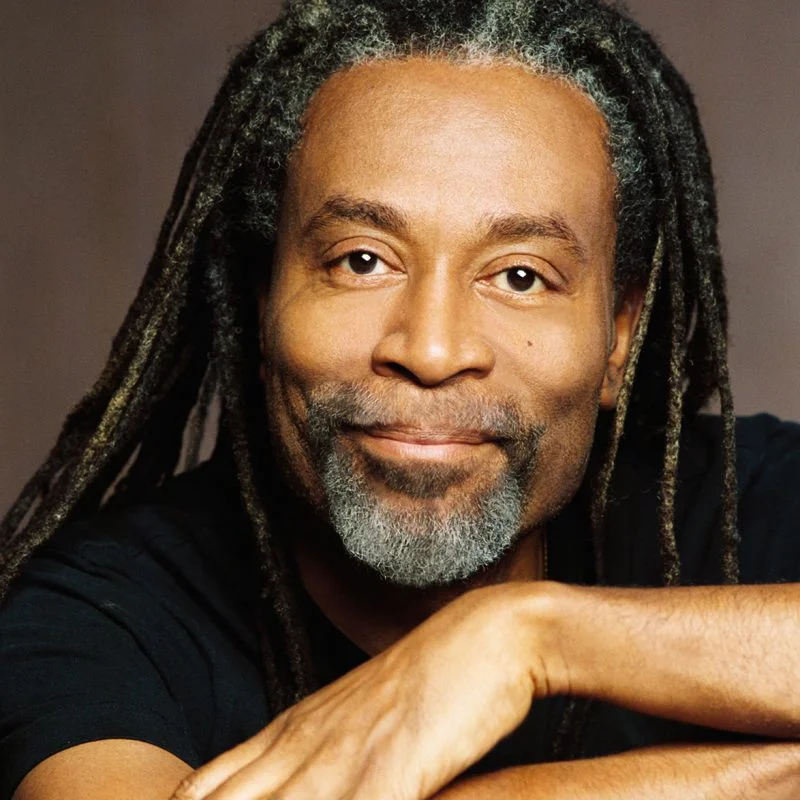
If you haven’t heard of Bobby McFerrin, “don't worry,” because I hadn’t either before a quick Google search.
Described on his Wikipedia page as an American jazz vocalist and ten-time Grammy Award-winner, my expectations for writing this piece were mediocre at best. I thought I would attend, write a 500-word review about how the art-form of a capella isn’t dead in a post-Glee and Pitch Perfect world — at least to those over 30 — then go on to describe the audience's excitement when he performed his hit Don’t Worry Be Happy and call it a day.
This was not how the concert went at all.
The first thing that I became aware of, through an overheard conversation, was that there would be no Don’t Worry Be Happy.
“Bobby McFerrin doesn’t do that,” the woman said. “He just… like improvises.”
Better than any Wikipedia explanation, that is exactly what Bobby McFerrin did. The concept of “circlesongs” is very simple: a group of singers placed in a circle take turn improvising and harmonizing with each other, with the outcome ending in a polyrhythmic song.
Rhythmically tapping on his chest, he greeted the audience with his voice, which filled the room with power even without a mic. McFerrin scatted and made whatever sounds came to his mind, inviting the audience into a new world of polyrhythms and improvisation. By sitting and taking space in the Chan Centre, we were involuntarily made to be part of the circle.
Yet, the audience did not seem to understand this. Instead, there was an implicit rejection of this space.
During his performance, McFerrin was treated as an object to be laughed at and mistreated. When putting this response in context of the place in which the performance was happening, this is seemingly worse — improvisation is not seen to be a high art performance, despite the fact that McFerrin is critically acclaimed with ten Grammys to his name.
There is a history of Black people not being allowed to make mistakes. In this space that McFerrin created, he allowed himself the space to not only perform his imperfections but also space to figure things out in front of an majority non-Black audience that has historically had more power than him. This is why the chuckles were so deafening and distracting. Sounds of mockery from the audience were just as piercing as the harmonious melodies, and it was difficult not to feel trapped.
At one point during the performance was a break of familiarity which came with guest performer group “musica intima” singing True Colours. Ironically, the laughter stopped and the audience responded instead with respectful silence. Although the harmonies were beautiful, it was clear that if the audience had received this type of performance throughout the show it would be a lot different.
When McFerrin and his ensemble, Gimme 5, re-embraced the stage the audience were hyped up enough that they were ready to sing along. Each member of Gimme 5 had the chance to take the stage and create their own songs and performances. The topics of the songs were a little ironic and negligent to say the least. Most of the songs had heavy one-world credo overtones, that were clearly meant to bring light to our clearly divisive times. But it is our differences that have got us to this stage of polarization and clearly we are too far gone for an a capella performance to be its solution.
There was something so paradoxical about being forced to sing the phrase “No Wall, No Fear” over and over again, something so wrong about hearing how “we are all brothers and sisters” on the very same stage that Ben Shapiro spewed hatred just months before.
I wanted more than anything to enjoy this concert. How often do we see Black artists at the Chan Centre? How often does UBC make an attempt to showcase Black artists during Black History Month? But for me this brought into question how UBC allows us to discuss race and difference on this unceded territory, and how often it is presented as perfectly packaged — on their terms.

